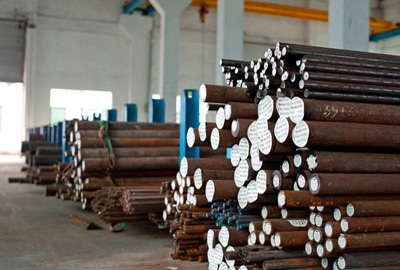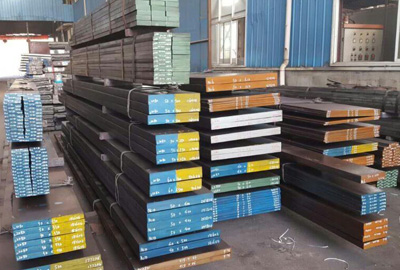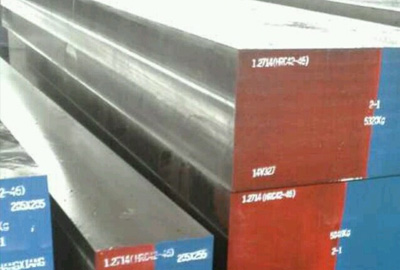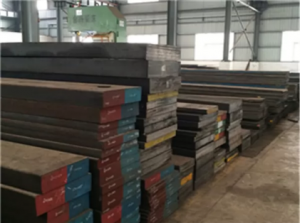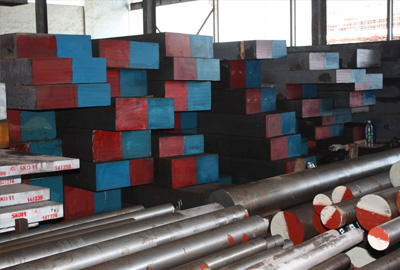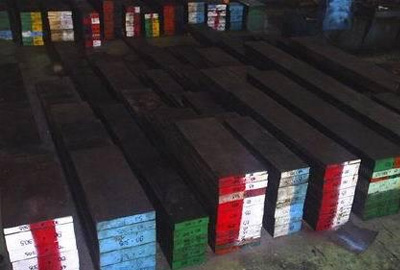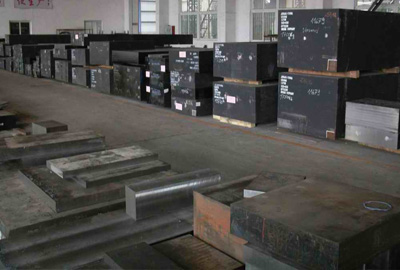Mat.No. 1.2631, DIN X50CrMoW9-1-1
Short Description:
Designation by Standards Mat. No. DIN EN AISI 1.2631 X50CrMoW9-1-1 - - Chemical Composition (in weight %) C Si Mn Cr Mo Ni V W Others 0.50 0.90 0.50 8.50 1.20 - - 1.20 - Description Cold work tool steel. High toughness and resistance to dynamic loading. Applications Severely stressed machine blades for the cellulose, paper and fiberboard industries, flat-blade and circular blades for cutting 5 to 15 mm thick sheet/plate. Physical properties (...
Product Detail
FAQ
Product Tags
Designation by Standards
| Mat. No. | DIN | EN | AISI |
| 1.2631 | X50CrMoW9-1-1 | - | - |
Chemical Composition (in weight %)
| C | Si | Mn | Cr | Mo | Ni | V | W | Others |
| 0.50 | 0.90 | 0.50 | 8.50 | 1.20 | - | - | 1.20 | - |
Description
Cold work tool steel. High toughness and resistance to dynamic loading.Applications
Severely stressed machine blades for the cellulose, paper and fiberboard industries, flat-blade and circular blades for cutting 5 to 15 mm thick sheet/plate.Physical properties (avarage values) at ambient temperature
Modulus of elasticity [103 x N/mm2]: 210
Density [g/cm3]: 7.80
Thermal conductivity [W/m.K]: 26.0
Electric resistivity [Ohm mm2/m]: 0.60
Specific heat capacity[J/g.K]: 0.46Coefficient of Linear Thermal Expansion 10-6 oC-1
| 20-100oC | 20-200oC | 20-300oC | 20-400oC | 20-500oC | 20-600oC | 20-700oC | 20-800oC |
| 9.8 | 10.2 | 10.5 | 11.3 | 11.9 | 12.4 | 12.8 | 13.0 |
Continuous Cooling Transformation (CCT) Diagram
Soft Annealing
Heat to 820-870oC, cool slowly in furnace. This will produce a maximum Brinell hardness of 250.Stress Relieving
Stress relieving to remove machining stresses should be carried out by heating to approx. 650oC, holding for one hour at heat, followed by air cooling. This operation is performed to reduce distortion during heat treatment.Hardening
Harden from a temperature of 1020-1050oC followed by oil, air or warm bath (approx. 400oC.) quenching. Hardness after quenching is 61 HRC.Tempering
Tempering temperature: 150-400oCTempering Temperature (oC) vs. Hardness (HRC)
| 100oC | 200oC | 300oC | 400oC | 500oC | 525oC | 550oC | 575oC | 600oC | 700oC |
| 60 | 57 | 56 | 56 | 59 | 59 | 53 | 48 | 43 | 33 |
Tempering Diagram
Forging
Hot forming temperature: 1050-900oC.Machinability
No data.Disclaimer
The information and data presented herein are typical or average values and are not a guarantee of maximum or minimum values. Applications specifically suggested for material described herein are made solely for the purpose of illustration to enable the reader to make his own evaluation and are not intended as warranties, either express or implied, of fitness for these or other puposes. There is no representation that the recipient of this literature will receive updated editions as the become available.
FAQ Content
![[0{7)7UAZ(]4W{5TSMC65Q7](https://www.htsteelmill.com/uploads/077UAZ4W5TSMC65Q7.png)
